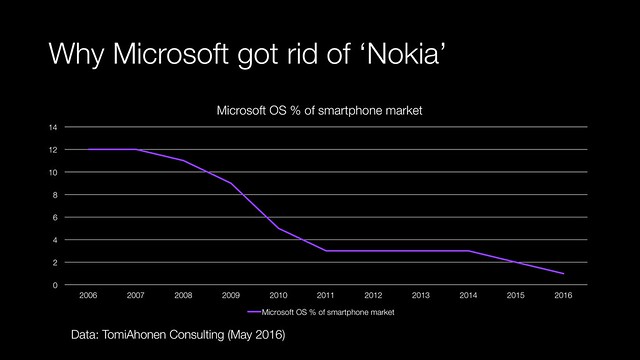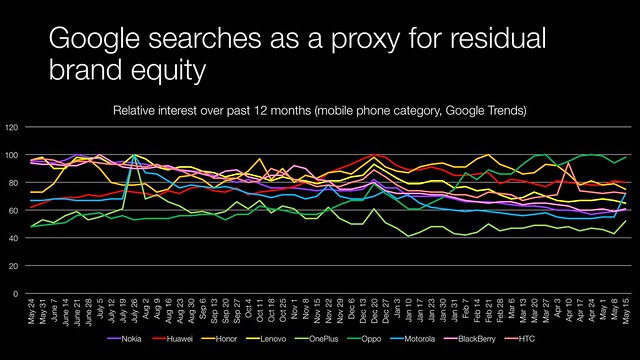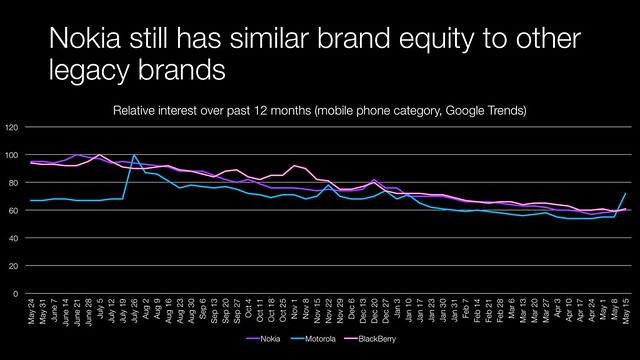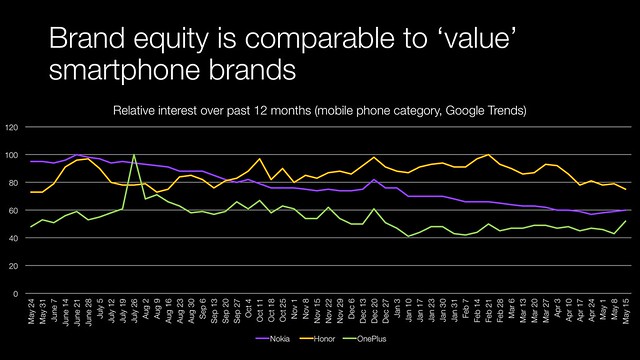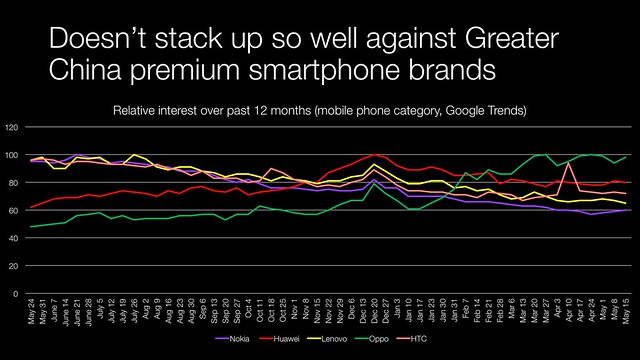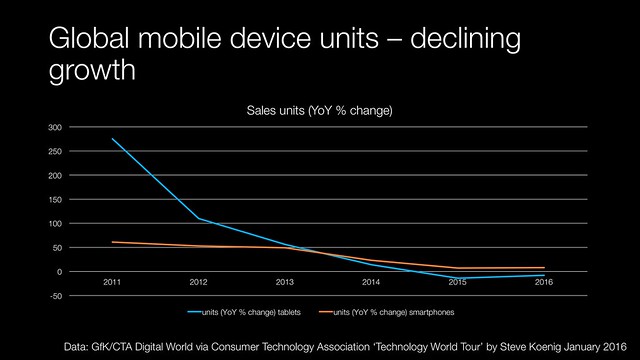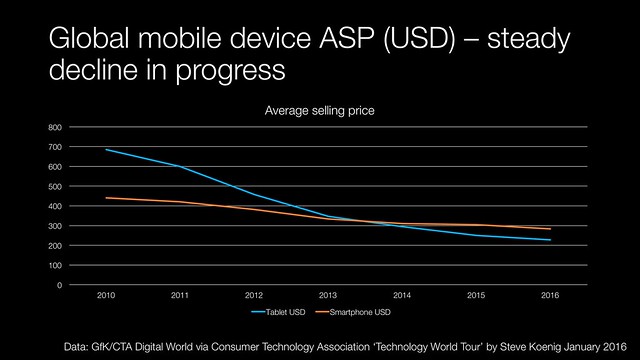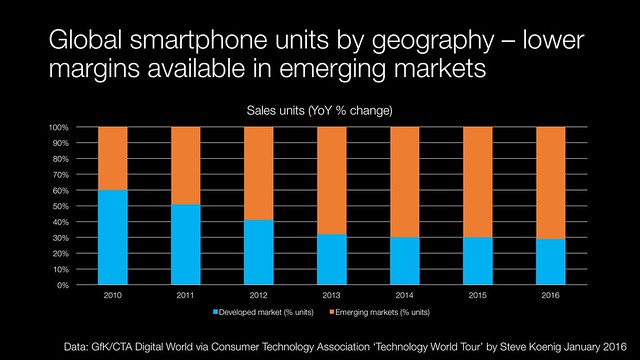Here is a copy of the slides that I pull together (when I have the time) of publicly available data that would be of use. This is the June 2016 research slides.
Google search volumes
This month I have some new data around search which came from disclosures at Google I/O in terms of search volumes. We talk about social as if search has gone out of style but its growth is still staggering. This is now driven by mobile device penetration and adoption as computing devices on the go. It also speaks to the wider number of questions that search now answers. It used to be that search answered with ‘facts’ found online. It then became more contextual with shortcuts that gave you the weather forecast or a foreign exchange rate. Mobile moved this on further to items like local recommendations.
Partly through the search box, but also by more meta detail about the device doing the searching and its location to within a few metres due to GPS and cell tower triangulation. Voice interaction has also started to impact search volume. Image driven search still seems to be an area that could drive much more potential search volume, that would be valuable for commerce.
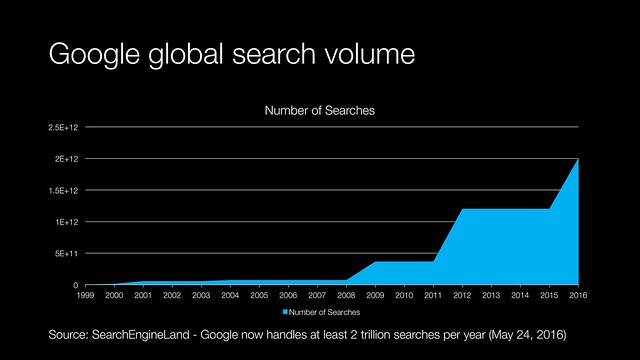
Looking at global search revenue over time, Google’s monopoly position becomes immediately apparent. It is amazing how Bing and Yahoo! haven’t managed to grow market share but just transfer value from one to the other. In the Chinese market, Sohu has been obliterated with Baidu search. But one does have to wonder about the value of web search, when so much internet usage now happens in the WeChat eco-system.
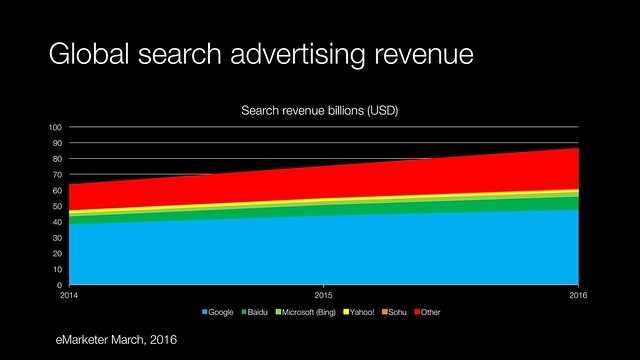
More details about me here.

Full presentation
Full presentation available for download as a PDF on Slideshare and you can find more research related posts here.
